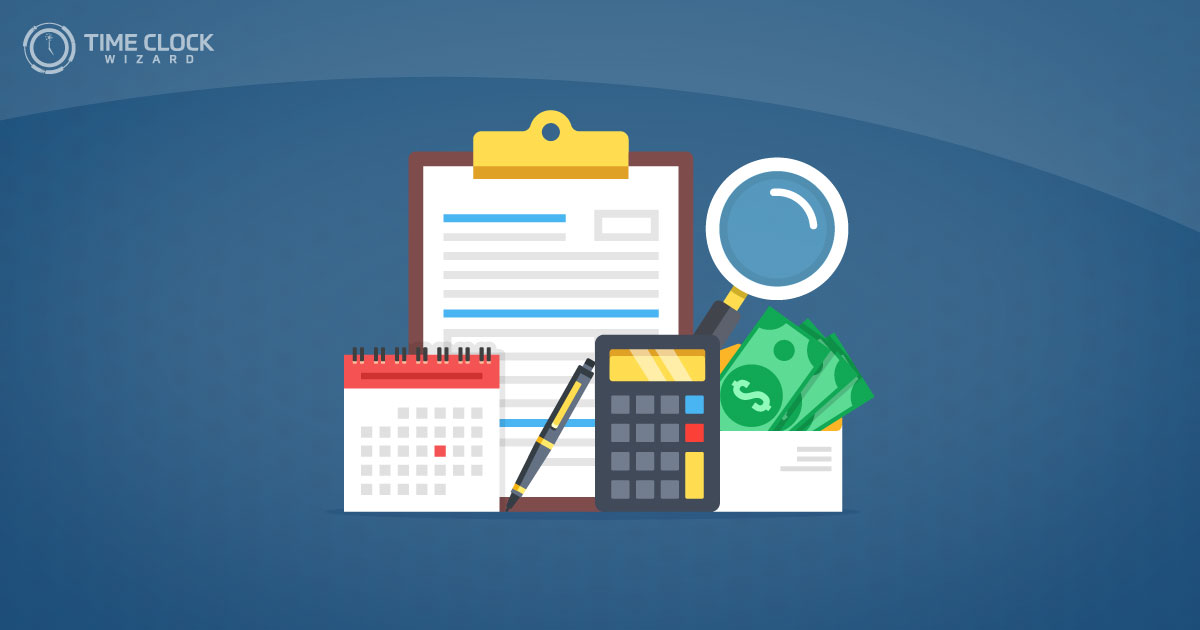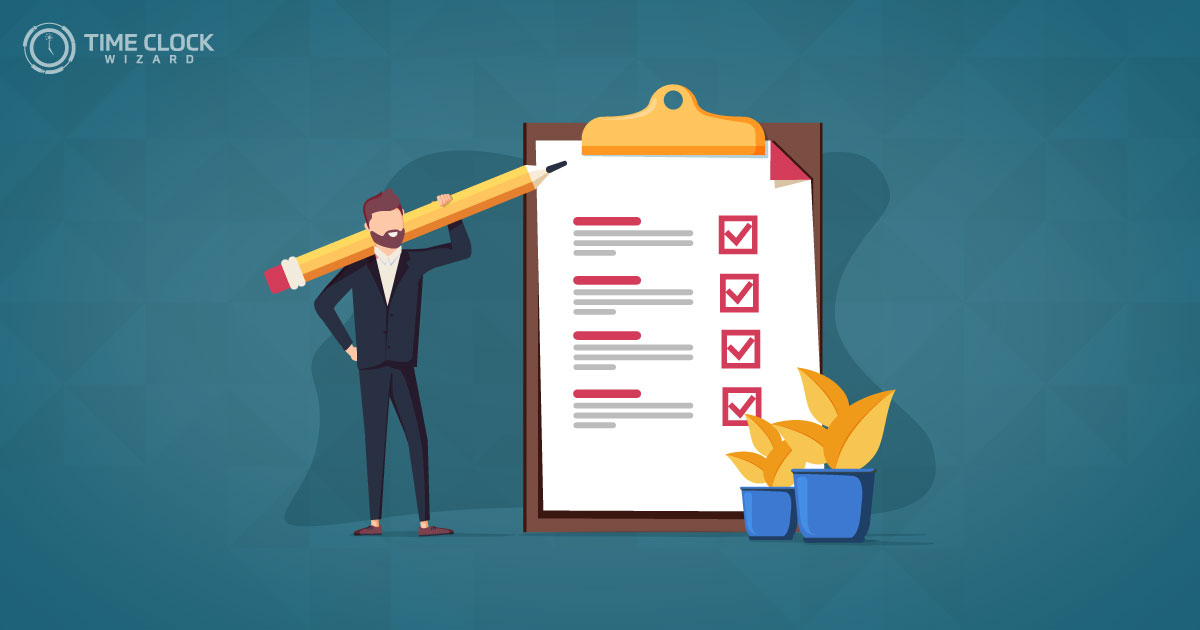
Creating a Time Off Policy might not be the first thing on your mind when running a small business, but it’s crucial! Think about it: a well-crafted policy not only ensures happy, well-rested employees but also smooth operations at your workplace. But where do you start? 🤔
This guide is packed with tips and strategies to help you design a Time Off Policy that aligns perfectly with your business goals and employee needs. You’re not just creating rules; you’re enhancing workplace culture and productivity. Ready to dive in and see how you can make everyone’s time away from work as rewarding as their time on the job?
Key Elements of an Effective Time Off Policy
Crafting a time off policy is crucial for any small business looking to foster a healthy work environment and maintain high levels of employee satisfaction. Have you considered what makes a time off policy truly effective?
Transparency is the cornerstone of any robust time off policy. Employees should have a clear understanding of how much time off they are entitled to, how it accrues, and the process for requesting time away. This clarity helps in avoiding any confusion and fosters a trusting atmosphere.
Flexibility is another essential element to consider in your Time Off Policy. Small businesses, in particular, can benefit from offering flexible time off options, catering to diverse employee needs. Have you thought about the various types of time off, such as vacation, personal days, and sick leave, and how each supports your team’s work-life balance?
Finally, fairness must be at the heart of your policy. Ensuring that all employees, regardless of their position, receive equal opportunities to take time off is vital. This approach not only strengthens morale but also promotes a culture of equality within the workplace.

Steps to Design a Time Off Policy That Works
Crafting a functional time off policy is crucial for small businesses aiming to balance operational needs with employee satisfaction. But where do you start? The process can seem daunting, but with a clear roadmap, you can create a policy that works for everyone involved.
Understand Your Business Needs
Begin by assessing the specific needs of your business. How many employees do you have? What are peak periods in your industry? Understanding these facets will help you tailor a policy that doesn’t leave your business understaffed at critical times.
Consult with Your Team
Engage with your employees to get their input. What do they value in a time off policy? This step not only helps in creating a more accepted and effective policy but boosts morale and shows that you value their feedback.
Draft a Clear Policy
With the information gathered, draft a policy that clearly outlines eligibility, accrual rates, and the request process. Clear communication here can prevent misunderstandings and disputes down the line.
Implement a Trial Period
Before fully implementing your policy, consider a trial period to gather feedback and make necessary adjustments. This approach can help you refine the policy to better suit your business needs while accommodating your employees. Isn’t it great to have a policy that evolves based on real-world feedback?
Navigating Legal Requirements for Employee Time Off
Understanding and complying with legal requirements is a crucial aspect of developing a Time Off Policy for small businesses. Each jurisdiction may have different laws that dictate minimum standards for employee leave, including annual leave, sick leave, and parental leave. Keeping up-to-date with these laws ensures that your business will not only protect itself against legal challenges but also demonstrates care in supporting your employees’ rights.
Have you checked the latest updates in employment laws affecting your location? In many areas, the regulations surrounding time off are frequently updated to accommodate changes in the workforce and public welfare concerns. This includes considering provisions for emerging needs such as mental health days and time off for volunteering, which are becoming increasingly popular in modern workforce cultures.
Key Legal Concepts to Consider
- Minimum paid time off requirements
- Compliance with family and medical leave laws
- Rules regarding carryover and accrual of leave
- Notification requirements for employees requesting leave
Navigating through these legal waters can be complex 🤯. Do you have access to legal advice to ensure your time off policy aligns with current laws? It’s often beneficial to consult with an HR professional or a legal advisor to tailor your company’s policy appropriately and effectively. Remember, a well-structured time off policy not only meets legal standards but also boosts employee morale and retention.

Balancing Business Needs and Employee Benefits
Crafting a Time Off Policy that aligns both business needs and employee benefits can seem like a tightrope walk. However, with a strategic approach, it’s possible to design a policy that supports business productivity while also offering valuable downtime for employees. How can this balance be achieved effectively? The key lies in understanding and addressing the specific requirements and expectations from both sides.
Firstly, consider the business objectives. What are the peak times for your business when you absolutely need maximum staff? Planning your time off policy around these peak periods can prevent operational disruptions. Conversely, understanding employee preferences and major lifestyle requirements, such as school holidays, can help in forming a policy that employees respect and appreciate. Have you thought about how a well-timed break can significantly boost morale and productivity?
An effective strategy is to implement a flexible leave plan, which could include options like time off in lieu, flexible holidays, or even unpaid leave options for extended breaks. This flexibility allows employees to feel valued and respected, leading to increased loyalty and reduced turnover rates.
- Conducting regular feedback sessions to gauge employee satisfaction with the time off policy.
- Adjusting the policy based on operational performance and employee feedback.
- Including a variety of leave types to cater to different needs.
Implementing a Time Off Policy in Your Business
Once you’ve designed the ideal Time Off Policy for your small business, the next critical step is implementation. Getting this phase right can significantly boost employee satisfaction and ensure compliance with legal standards. But how do you go about integrating this policy smoothly into your daily operations?
Communication is Key
Start by clearly communicating the new policy to all your employees. Employees need to understand not only what the changes entail but also how these changes will affect their work and personal life. Consider organizing a workshop or a meeting where you can discuss the policy and answer any questions. Remember, transparency builds trust!
Monitoring and Adjusting Your Time Off Policy
Once you’ve implemented your Time Off Policy, the work isn’t over yet! It’s crucial to regularly monitor how the policy is affecting your operations and your team. Are your employees happier and more balanced, or are they struggling to take sufficient time off? By keeping an eye on these dynamics, you can make informed adjustments that benefit everyone involved.
But how frequently should you review your Time Off Policy? A good rule of thumb is to assess its effectiveness annually or bi-annually. This regular check-in allows you to adjust to changing business conditions and workforce needs. Additionally, soliciting feedback from your employees can provide invaluable insights. After all, who better to tell you about the policy’s impact than the people it affects the most?
- Analyze usage patterns of time off – are employees taking more or less time than the policy allows?
- Survey employee satisfaction with the policy – do they find it flexible enough?
- Adjust accrual rates or carry-over provisions as necessary to align with business operations.
Remember, a responsive Time Off Policy can significantly boost morale and productivity. Isn’t it worth investing a bit of time to ensure your policy works as hard as your employees do? 🕒💼
Final Thoughts: Designing a Time Off Policy for Small Businesses
As we wrap up our exploration of creating a Time Off Policy, it’s essential for your small business to strike that perfect balance. A well-crafted Time Off Policy not only ensures legal compliance and meets business objectives but also addresses employee wellness and satisfaction. Are you ready to implement these steps and watch your business thrive with a motivated, well-rested team?
Remember, the goal is to make your Time Off Policy clear, fair, and flexible. It’s about creating an environment where your employees feel valued and your business can operate smoothly. Don’t hesitate to review and adjust your policy regularly to keep up with changes in the law and shifts in workplace dynamics. Here’s to creating a policy that works wonders for everyone involved! 🎉





